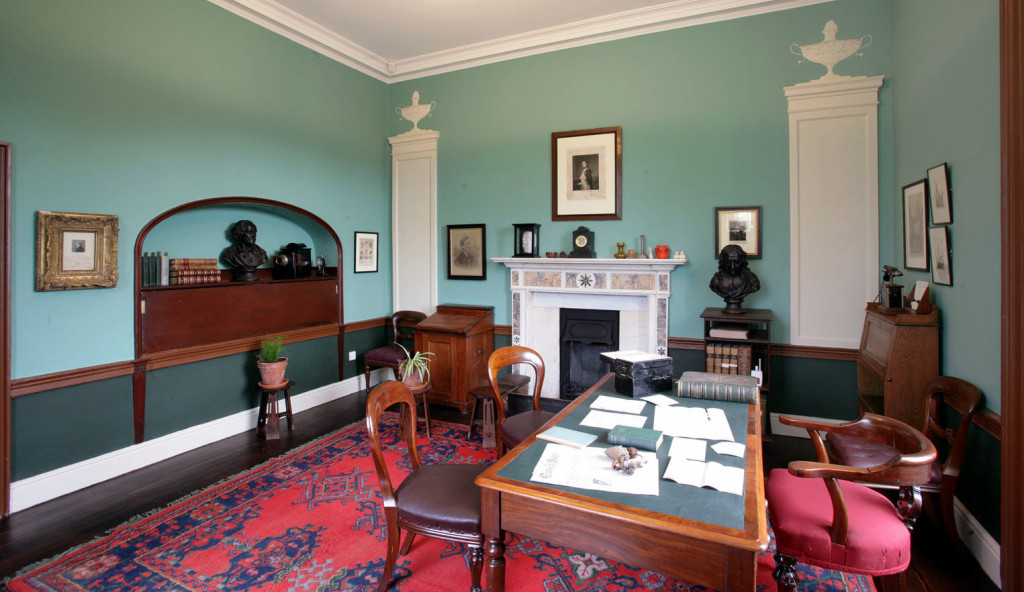In the National Leprechaun Museum, you’ll enjoy a unique and quirky approach to the old myths of Ireland which to this day accompany the popular image the country has around the world. The museum is somewhat unusual in its approach, using giant tables and chairs during attempts to physically recreate the sometimes mind-bending imaginative somersaults that come with the average age-old myth or fairy tale.
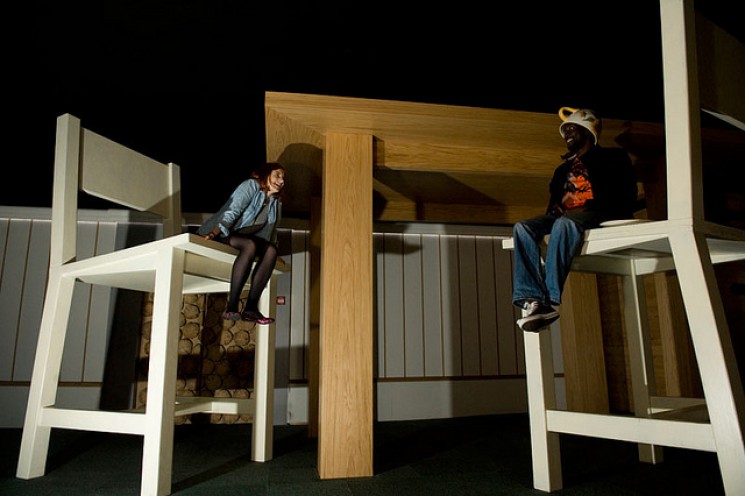
This approach sees two principle tours – one, conducted on Friday and Saturday nights, investigates the dark, twisted and sometimes scary side that Irish storytelling carries. The other, conducted each and every day of the week, looks at the colourful and rather unusual experiences Ireland’s folklore relays, such as the journey upon the rainbow, whereupon a leprechaun is sighted attending a potential crock of gold. The delightfully eccentric combination of living these experiences is helped by the tour guides who evocatively explain the magical tales with eagerness and enthusiasm.
The Story of the Irish is a new cultural attraction in Dublin that tells the tale of the Irish peoples from the earliest times right through to the modern day, with the help of actors working for the venue. The exhibition begins with the earliest Irish, the tribal settlers who inhabited Ireland from about 8000 B.C. onwards. Here, the principle character behind the story – a man named Crannog – relays the major events and the moods of each separate era. For example, the closeness the early peoples fostered with nature and the seasons is contrasted by the intense Christian spirituality demonstrated in Medieval Eire and onward.
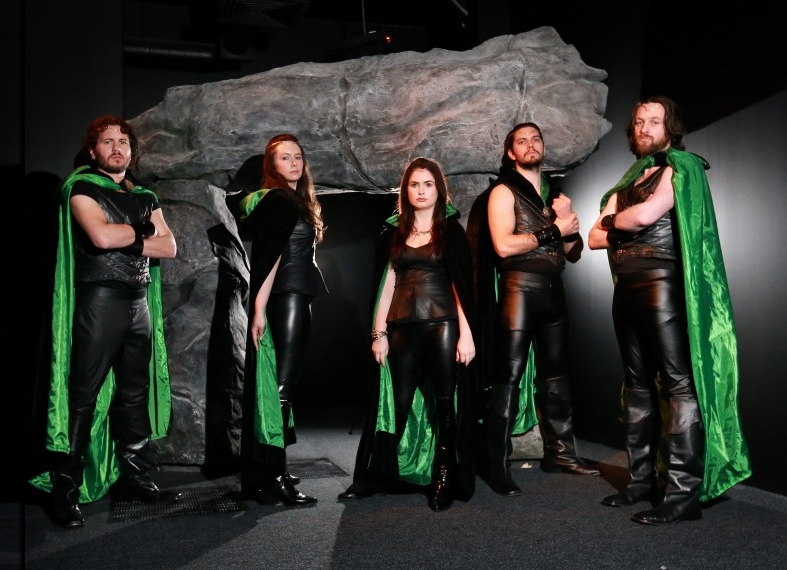
The long subjugation of Irish culture under the often oppressive British rule fostered a defiance which takes us through to the closing stages of this national drama; the Irish throwing off their shackles and becoming independent. Ireland would firmly stamp a new, proud identity while maintaining a dignified, friendly closeness with the neighbouring UK. All these and more events, with their emotions and violence, low points and uplifting triumphs are told in a vivid story intended to introduce both locals and tourists to Ireland and Dublin.
In Dublin’s Freemasons’ Hall, you’ll discover the rich history and traditions that buttress the society known as the Masonic Lodge. The Masons have a long legacy in Ireland, having had a regional headquarters in the area for centuries. In that time the fraternal society has collected a number of texts and items of local significance, while undergoing enough of its own changes to warrant a museum, which exists within the Grand Lodge Chamber’s splendid symmetric stone and columned structure.
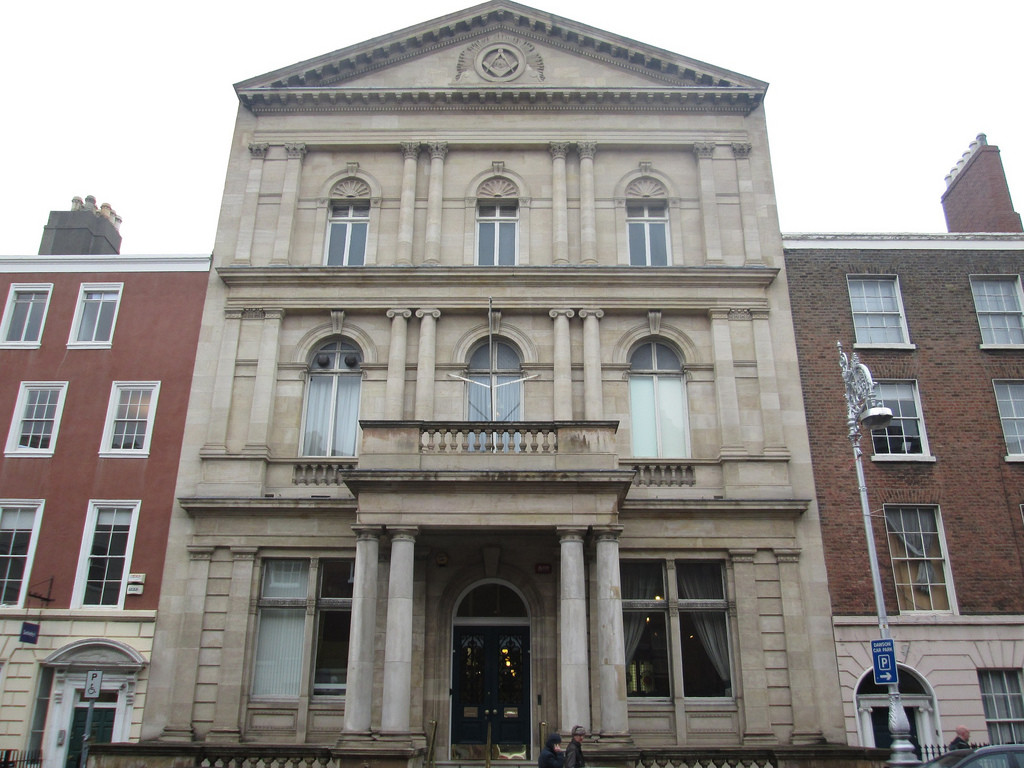
Whether or not you are associated with the Masons personally, the group welcomes any and all visitors curious to learn about the society and its history. The exquisite gallery in the building demonstrates portraiture plus a number of grandiose but genuine photographs taken by members of the group, while the traditional ornaments and implements unique to the Masons are also present. Entry is free, while tours are conducted for a small fee.
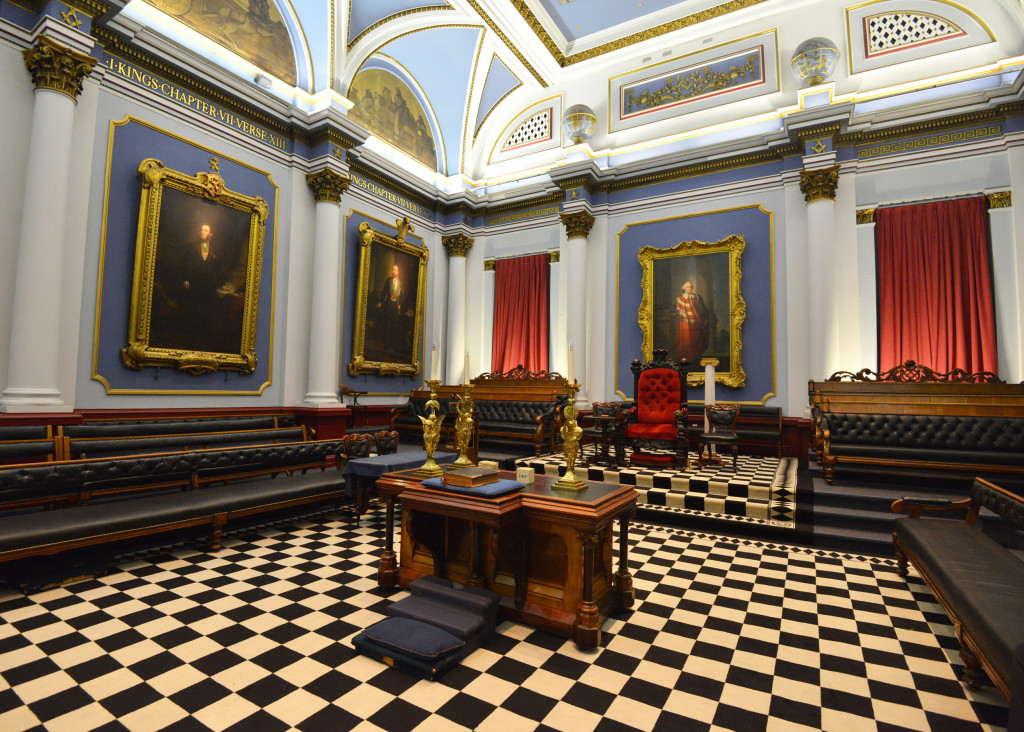
Dublin’s City Hall fulfils its role as the municipal seat of government while also offering visitors to the capital a wonderful selection of interesting old artefacts on show. A history of Ireland and Dublin as the administrative centre through a cohesive story told within the hall’s vaults. The collection itself is comprehensive and fairly vast, with entry costing a mere 4 euros or less if booked online. Refreshments are available during and after the exhibition, which covers the period of Ireland’s Anglo-Norman occupation in the 12th century and onward.
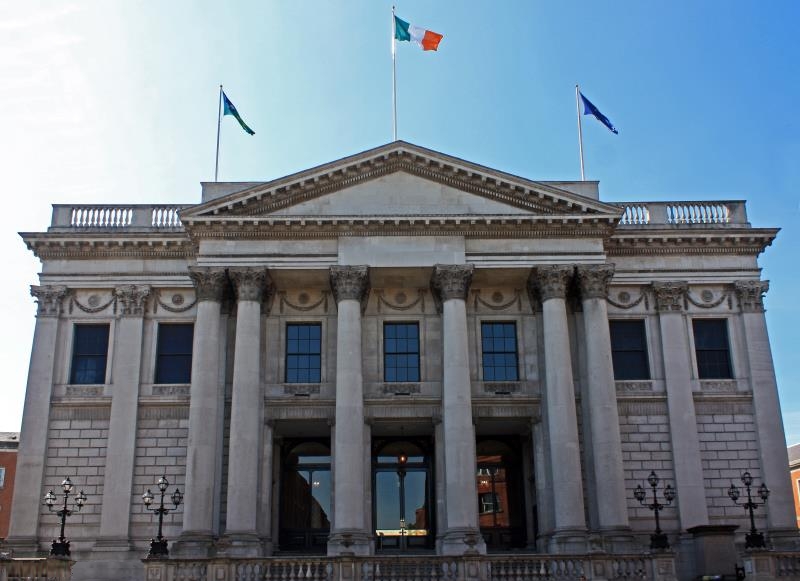
The magnificent Georgian structure itself is home to a beautiful rotunda to which entry is free. Within the architectural splendour of the stone and marble constructions are shown off to their fullest, while information on popular activities such as the Dublin Culture Trail is available from the reception area. Weddings in Dublin City Hall are likewise popular, with the beautiful dome and seated chamber the scene of many a marriage every year.
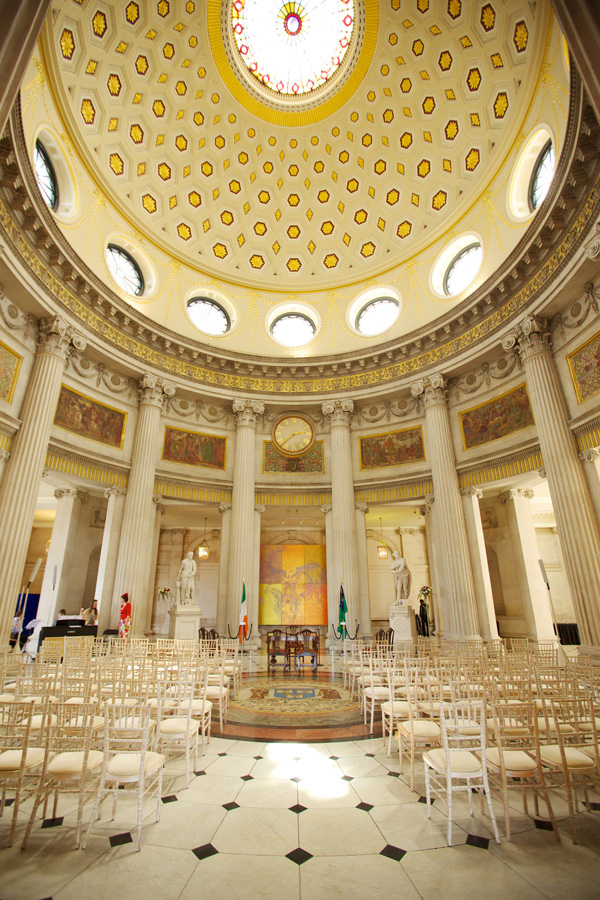
The Dalkey Castle and Heritage Centre forms the centrepiece of Dalkey, which is a pretty coastal town a short way from Dublin on the east coast. The castle hosts ‘living history’ tours on a daily basis, wherein professional actors working for the castle play the roles of soldiers and nobles, telling people all about how life was in the castle from the perspective of the military garrison and ruling classes in a sequence of lectures staged at different portions.
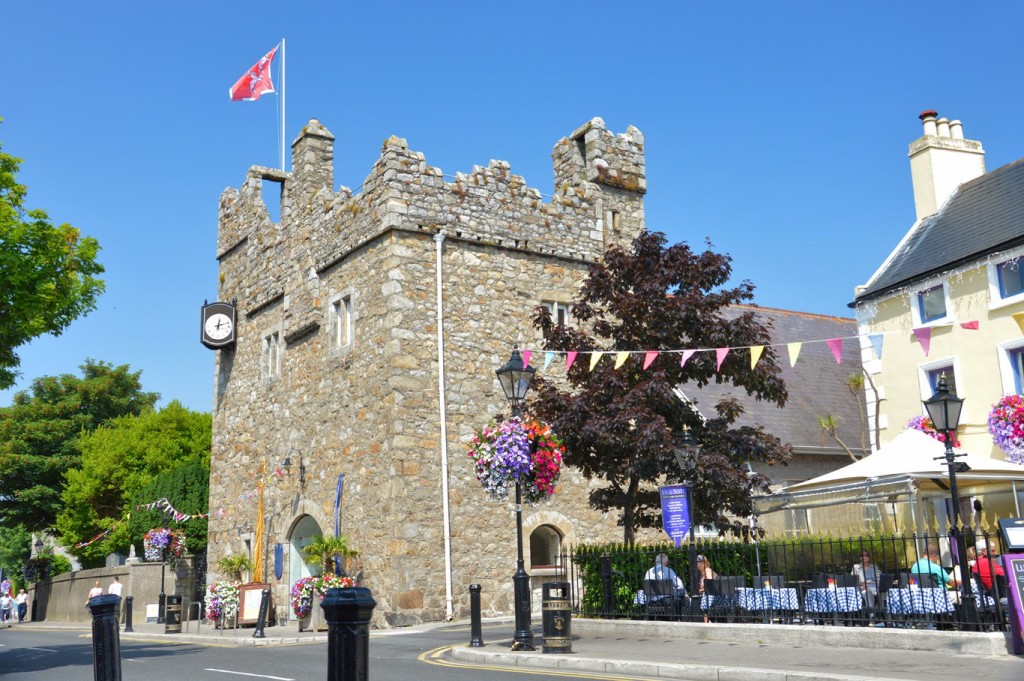
Those interested in the religious history of the site can visit the early example of a medieval church, while knowledge of the Middle Ages as experienced by Ireland and the Dublin region may be absorbed in the timeline present in the nearby Heritage Centre building. Crime and punishment is immortalized by the stocks used to humiliate wrongdoers. Those wishing to experience delightful views of Dalkey and the surrounding coastline can ascend the castle’s battlements, which afford a delightful panorama.
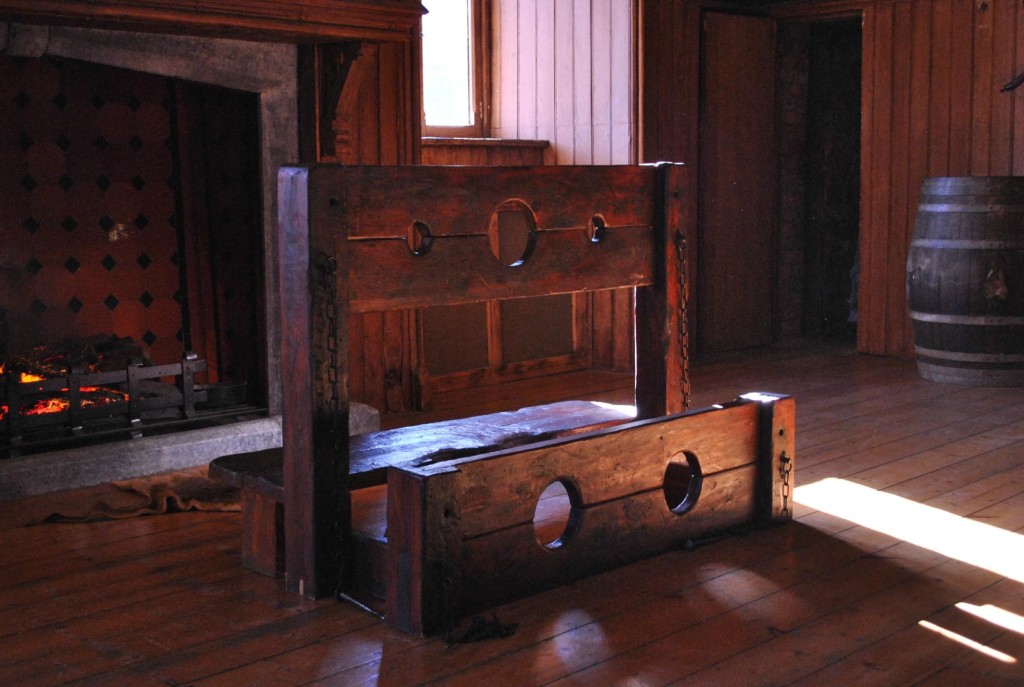
Ashtown Castle is adjacent to the Phoenix Park visitor centre, the buildings having received extensive renovation and refurbishment in recent years. The structure showcases displays of the local wildlife, birds and plant life in a lively manner, with audio demonstrations of the sounds the creatures make. What’s more, the centre also tells the story of how the countryside that became Phoenix Park evolved over the thousands of years since humans first inhabited the area.
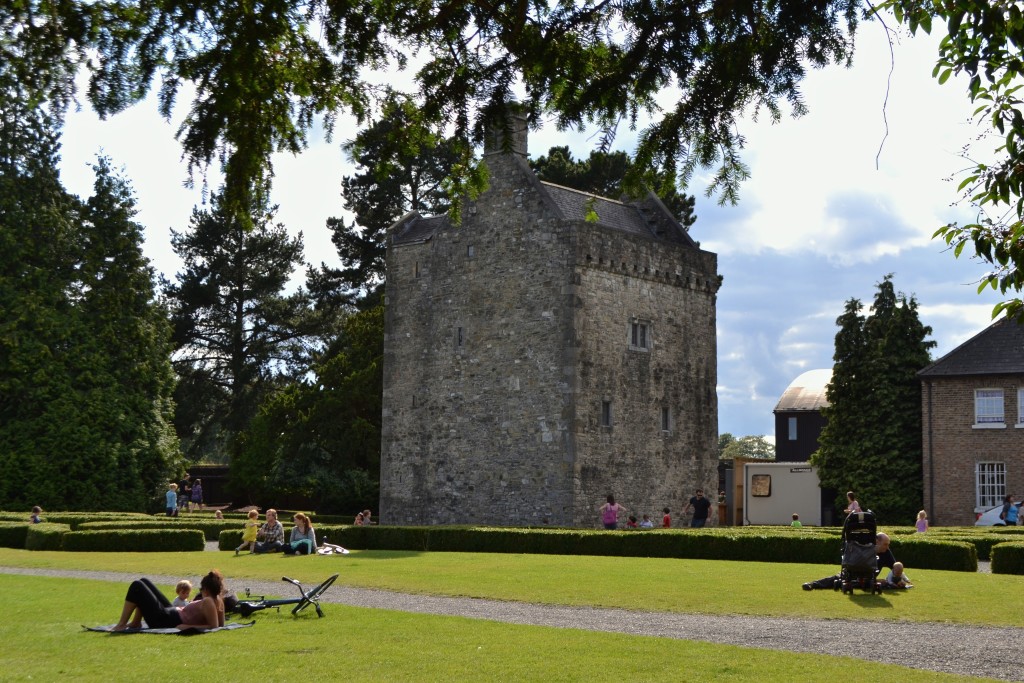
The completely restored tower house confers further atmosphere to the tranquillity that so often envelops walkers and tourists who decide to stroll upon Phoenix Park’s ample grounds. The term ‘castle’ was at first informal (the building started out as a house erected about 300 years ago) but it soon stuck. It’s also a handy term for tourists to identify the visitor area, which also offers tours by request on an hourly basis.
If spirits are your thing, Teeling Whiskey Distillery will be right up your alley. It holds the distinguished status of being Dublin’s only functioning whiskey distillery, and as such is in a great position to show visitors how exactly this wondrous spirit is made. Vats of whiskey spirit currently under processing and examples of equipment old and new are on prominent display, giving a substantial insight into this pivotal and time worn Irish craft. Tasting booths let visitors sample the delectable spirit produced, while the Phoenix Café lets visitors relax and enjoy some food after their tour.
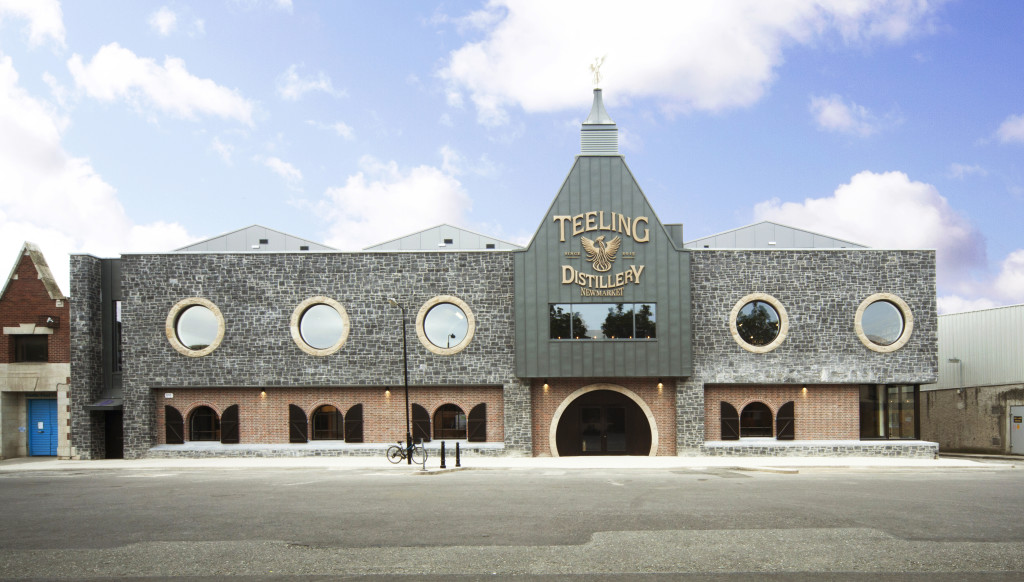
The old and the new contrast in Teeling Distillery, which bills itself as a reflection of Dublin itself – it’s hard to disagree, because we’ve a modern lobby and museum area very much entrenched in the 21st century. Meanwhile ample homage is paid to the distilling traditions of antiquity; whiskey stills and notes of whiskey’s long impact on Irish culture hold due presence.
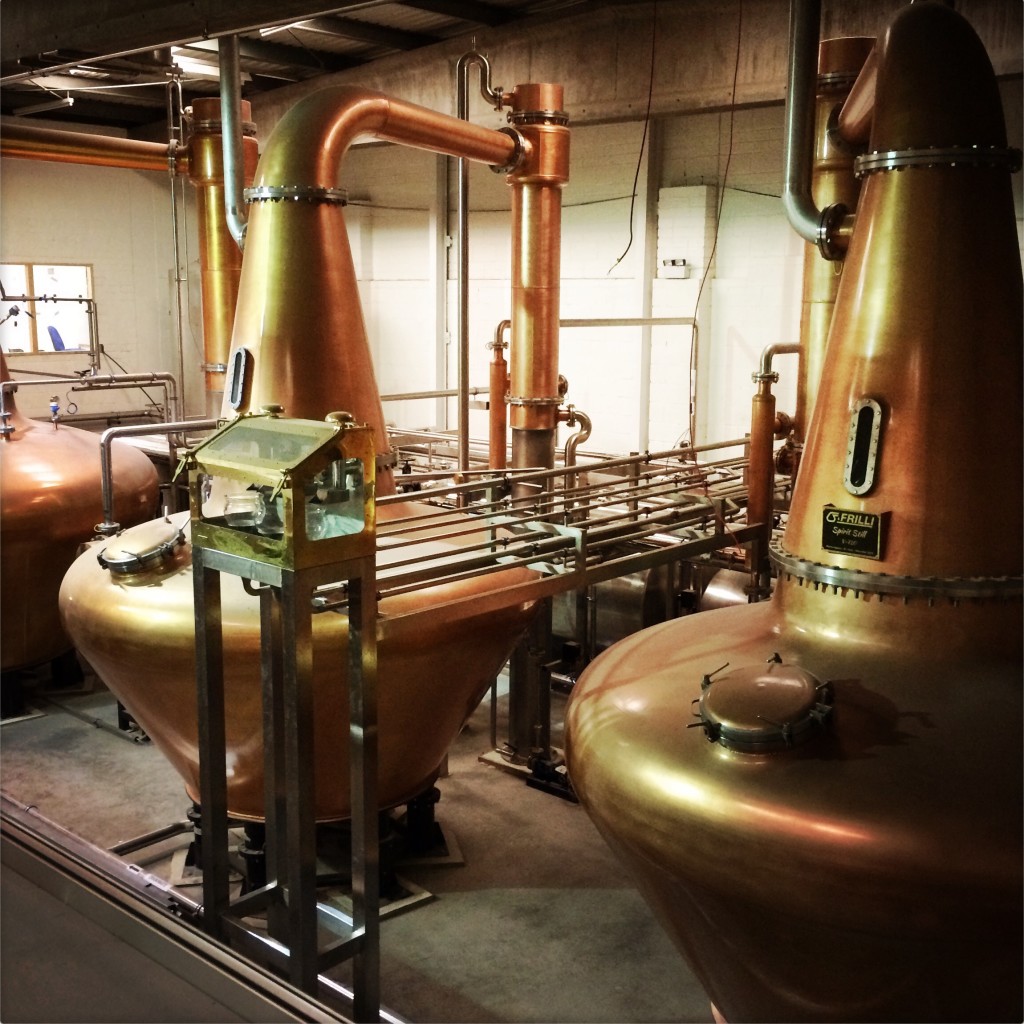
Grafton Street is the shopping epicentre of Dublin, with a formidable variety of storefronts with the best clothing, souvenirs, gift ideas, and much more. For about 30 years now the street has been pedestrianised and – in keeping with shopping street traditions – has a few notable statues for sightseers to inspect and enjoy. An old favourite popular with local Dubliners and tourists, namely the Bewley’s tea and coffee rooms, remains open to a public eager to sample some genuine Irish hospitality and refreshments.
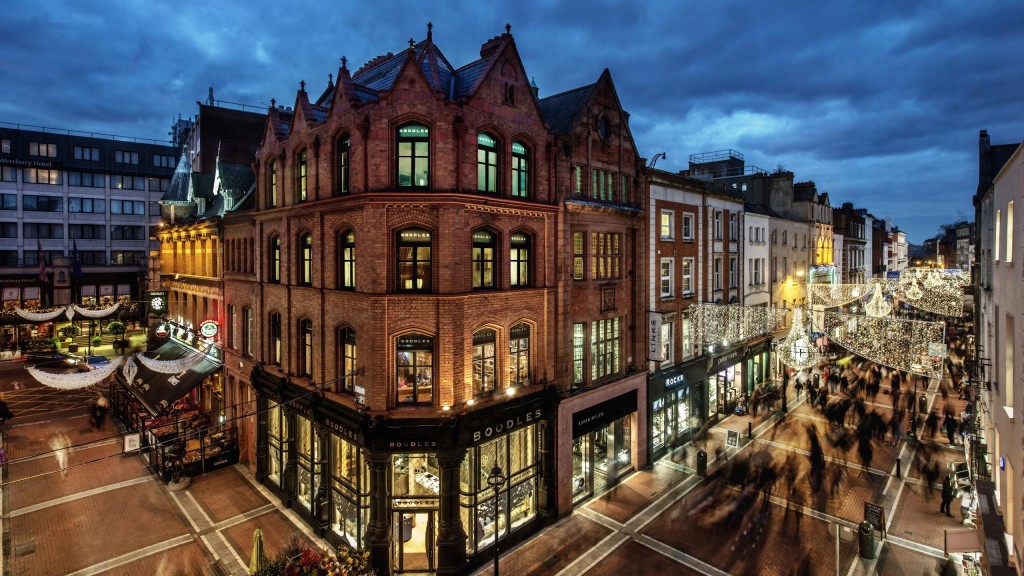
If you have just had a long day touring Dublin city, the multitude of restaurants in and around Grafton Street make it a superb place to conclude a day or prelude a night out in the nearby Temple Bar area. Notably among places of its kind, several of Grafton Street’s entertaining street performers and buskers have gone on to success and careers in performance and music in Ireland and beyond.
The ancient beauty of Drimnagh Castle makes the place a popular venue for tourist visits as well as event bookings. It has the distinction of being Ireland’s only castle still with an intact moat, nestled as it is between wooded outcrops in western Dublin. Partial restorations of the structure took place from the 1970s to the 1990s, somewhat restoring Drimnagh to its old glory, with the Great Hall in particular faithfully restored to how it was ages ago.
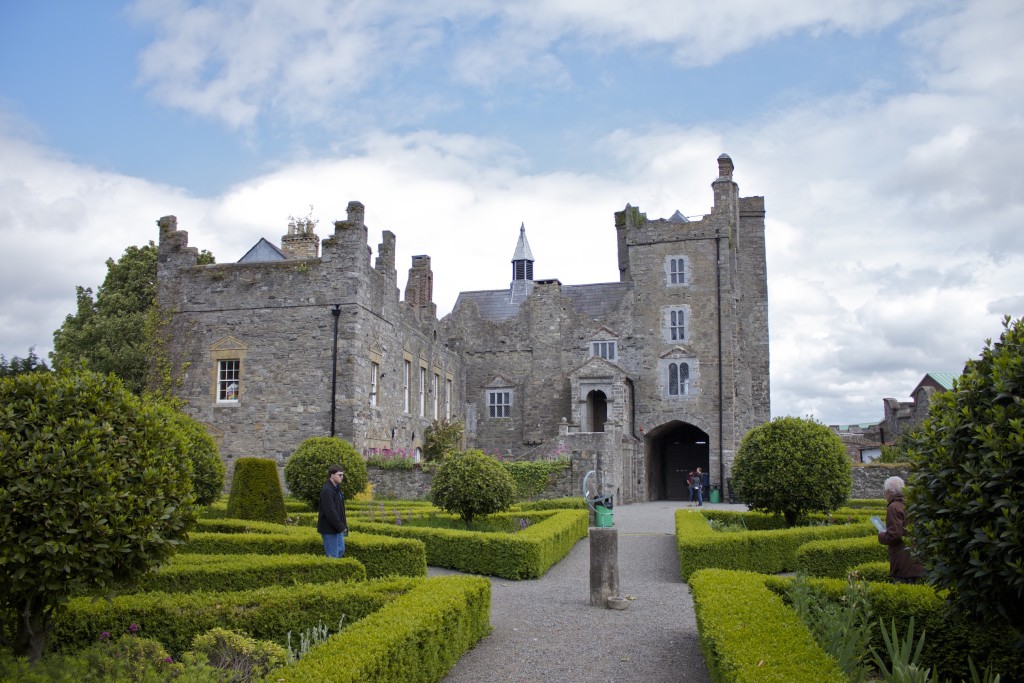
As well as being a popular venue for weddings and other functions, visitors curious about the castle and its grounds are admitted by the thousands each year. The sculpted gardens, surrounding natural beauty, and air of ancient majesty capture the admiration of many who head there. As one might imagine, many stories historic and romantic, true and semi-mythical, have sprung up around Drimnagh Castle over the many centuries it has stood, with several entertainingly retold to visitors. The castle admits visitors at 4 euros each on weekdays from 9am to 4pm, while on Fridays it is open from 9am to 1pm.
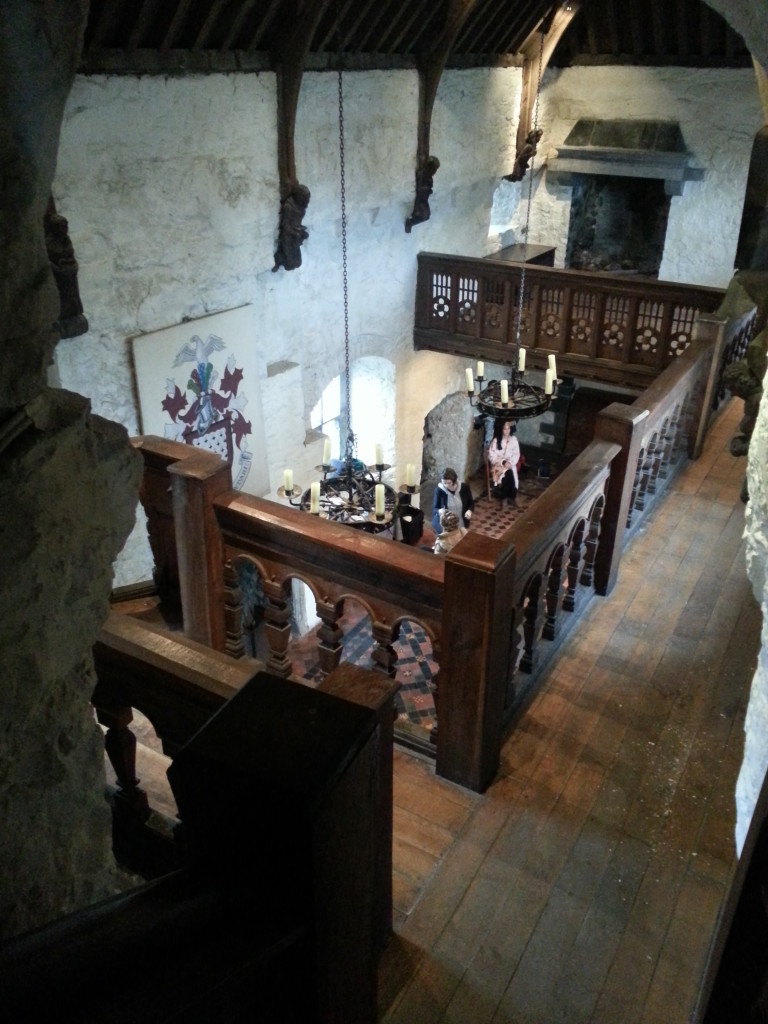
The Pearse Museum in St. Enda’s Park is a vivid portrayal of Irish parkland and plant life. This exquisite little park has waterfalls as part of the river running through its western side, while a beautiful range of trees and old ruins including the watchtower grace its landscape. The park has an impressive history, being the site of a British garrison in the early stages of the war for Irish independence. The area was the site of a school named the Hermitage, which was selected as a fortification for its strength and height offering good views of the locality.

After Ireland gained its independence, the Hermitage was converted into a museum dedicated to the Pearse family who ran what was once a place of education. As well as featuring monuments to Ireland’s natural world, including its flora and fauna, this pretty museum offers insight into how children were educated in the early 20th century, with an audio recording entitled ‘This Man Kept a School’ telling the story of Patrick Pearse’s bold efforts in education.
